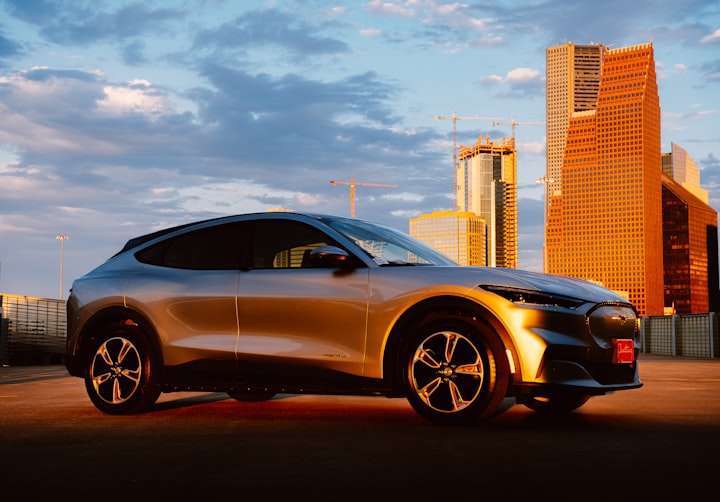What Is Full Cover Auto Insurance And What Does It Cover?
Fully covered insurance is a combination of insurance that provides the driver with financial protection against damage to the vehicle, occupants, other vehicles and occupants in the event of an accident.No insurance can cover you and your vehicle in all possible situations, but full coverage will protect you in most cases.

What Is Full Cover Auto Insurance And What Does It Cover?
Fully covered insurance is a combination of insurance that provides the driver with financial protection against damage to the vehicle, occupants, other vehicles and occupants in the event of an accident.No insurance can cover you and your vehicle in all possible situations, but full coverage will protect you in most cases.
What is full coverage?
In most cases, liability insurance, full insurance, and collision insurance are included. Crash and Composite protects you and your car in the event of an accident. If you are responsible for the accident. The liability applies to any damage you may inflict on others. Nationwide says that while it's important to understand that full coverage will help provide you with the best possible protection, it's also important to understand that if you're involved in an accident, you'll still have to pay a deductible.
Most states have minimum requirements for liability coverage, but you can usually choose the size of the crash and full coverage. You can also determine the deductible amount that is convenient for you to pay.
The packages you create combine different types of insurance. These include:
1. Liability insurance
This warranty covers accidental damage for which you are responsible. This is required by law in all states except New Hampshire.
2. Accident insurance
This compensates for losses incurred as a result of many accidents that occur while your vehicle is in motion. It protects your vehicle, for example, if you hit a guardrail, fence or streetlight.
3. Comprehensive insurance
This will cover any damage to your vehicle that did not occur as a result of the accident. This is most likely to happen when the car is stationary. For example, a tree fell into a car during a hurricane or when a thief was driven out of a window.
The purpose of car insurance is to provide financial protection in the event of an accident. Depending on your balance, you have many options for coverage, limits, and deductibles. Some options are:
1. Maximum limitation of liability available
These limits are up to US$250,000 per person for personal injury, up to US$500,000 for accidents, and up to US$100,000 or more for property damage.
2. Lowest deductible for road accidents and full insurance.
Some companies offer a $0 deductible, but in most cases, it's $100, $250, or up to $500 per incident.
3. Coverage for underinsured drivers with limitations consistent with coverage for uninsured drivers and personal injury liability coverage.
4. Some states offer property damage insurance to uninsured drivers.
5. All possible coverage for the maximum possible medical bill. In states that don't violate this, it's called injury protection, and in most other states, it's called health coverage.
6. Rent refund
7. Towing and Labor Insurance.
8. Additional Guarantee for Privileged Customers.
What does full coverage pay for?
If you have full coverage for your vehicle, it usually covers:
1. The harm you cause to others is within your policy.
2. Damage to the vehicle at its fair market value less the deductible stated in your insurance policy if the other driver at your fault or involved in the accident is not insured.
3. Damages caused by natural disasters or theft.
4. Costs of treatment for you and your passengers due to your fault.
5. Being hit by an uninsured driver may injure you and your passengers.
What does the total insurance cost?
Insurance companies don't offer "full coverage," but they can create a reliable auto insurance package that will protect you from the many accidents that happen on and off the road. Naturally, the more coverage you choose, the higher your monthly bill will be. However, there are many more variables that affect the cost of insurance,
including age, location, driving record, what car do you drive, your policy type and your policy limits.
Reasons to get full coverage car insurance:
- Your car is rented or loaned.
- You have a new car (under 10 years old)
- Vehicles damaged by accidents or natural disasters cannot be replaced with cash.
Comprehensive and collision insurance covers an amount commonly referred to as the vehicle's true monetary value. That is, the full amount that the car was worth before it was destroyed is paid. In some cases, the ACV of a vehicle may be less than the total cost of repairing the vehicle. As your vehicle ages, its value drops. The general rule of thumb is that once your car is more than 10 years old, it is not worth purchasing full coverage insurance. However, if you have a luxury vehicle, it may be worth ensuring beyond 10 years.






Comments
There are no comments for this story
Be the first to respond and start the conversation.